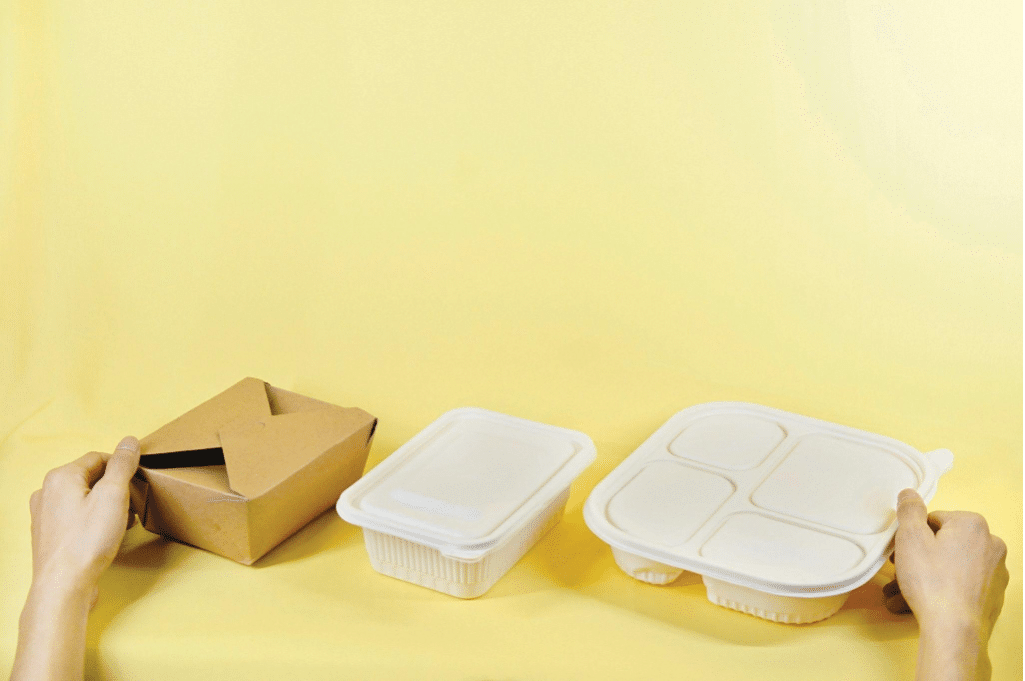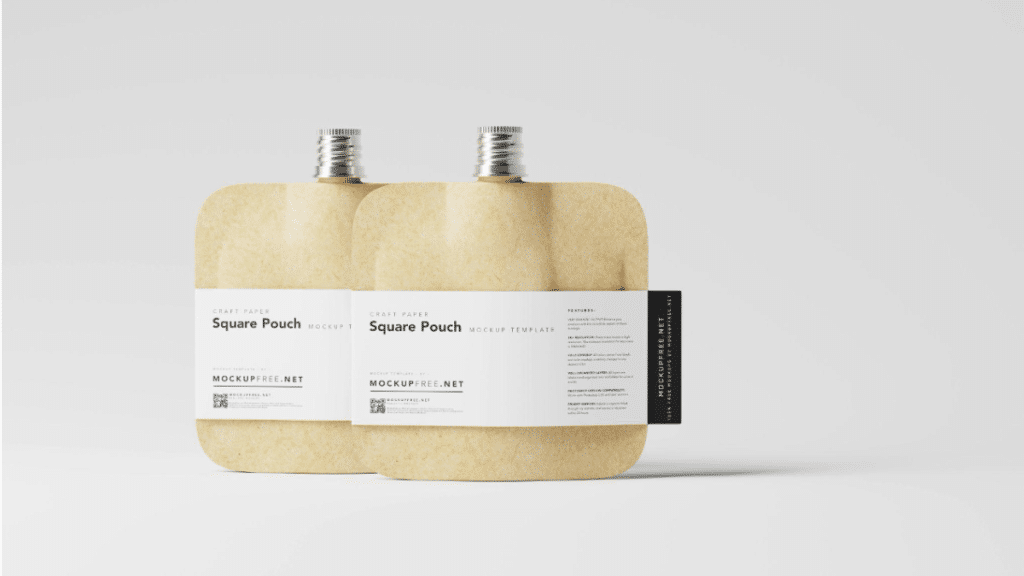In today’s increasingly interconnected world, where medications, perishable foods, and biologics often travel thousands of miles before reaching their final destination, one logistics solution is quietly doing the heavy lifting: the cold chain. This temperature-controlled supply chain has become vital to maintaining the integrity and quality of sensitive goods. But the real unsung hero in this process? The packaging. It’s not just about boxes and coolers anymore; it’s about innovation, reliability, and understanding how packaging plays a role in customer satisfaction and product safety.
As sustainability becomes a top concern across industries, businesses and consumers alike are turning to eco friendly packaging solutions that don’t compromise performance. Cold chain logistics used to rely heavily on polystyrene and plastic-based insulators, which often ended up in landfills. Today, companies are exploring compostable liners, recyclable insulation materials, and water-based gel packs, all while maintaining the strict temperature requirements of sensitive products. This shift reflects growing consumer demand for greener choices even in industries where safety and temperature control are non-negotiable.
The Role of Packaging in Cold Chain Logistics
Good cold chain packaging needs to accomplish one paramount objective: preserve product integrity from source to end-consumer. For the consumer, that may translate to receiving a vaccine that’s still effective, or a high-end cheese that tastes as it should. In the background, this relies on packaging that will stand up to lengthy shipping times, changing weather patterns, and different handling practices, all while preserving internal temperatures within a tight range.
Temperature-sensitive products, particularly in pharmaceuticals and food, need to be handled with caution. When internal temperatures get off track, even a little, products lose their efficacy or become unsafe for consumption. For this reason, firm insulation, proper refrigerants, and accurate testing procedures are not negotiable aspects of a good cold chain package.
Understanding the Consumer Impact
What most consumers don’t know is the extent to which packaging design impacts their entire experience. Picture buying organic berries online and having them arrive mushy or rotten. Or, worse, a lifesaving medication that’s been rendered useless by exposure. Cold chain packaging failure doesn’t merely ruin the product; it shatters trust. That’s why packaging innovation today isn’t just about performance, but also about user experience.
Consumers today are better educated. They’re reading labels, investigating the way their products are transported, and even looking at the way corporations process returns when temperature-sensitive products spoil. Brands have been reacting by going in on transparency and traceability, some using QR codes or intelligent sensors that provide real-time temperature information to both shipper and recipient. This technology-driven measure enhances trust and educates users about the attention given behind the scenes.
Cold Chain Innovations Worth Watching

The cold chain environment is changing rapidly, spurred by regulation and consumer demand. Some of the packaging trends influencing how temperature-sensitive goods are maintained include:
1. Phase Change Materials (PCMs):
PCMs are designed to hold certain temperatures for longer periods compared to gel packs. They are perfect for shipping sensitive drugs or frozen foods without the use of dry ice.
2. Smart Tracking Devices:
More packages now include sensors that record temperature, humidity, and even shock during transit. These details provide accountability and help both companies and consumers trace any failure points.
3. Modular Packaging Systems:
These systems can be easily scaled for larger or smaller shipments, reducing excess material use and improving efficiency. Some are even reusable, cutting waste significantly.
4. Compostable Insulators:
Materials such as cornstarch, cotton, and recycled denim are being reused as insulators. They offer robust performance while reducing environmental concerns.
Regulations and Safety Standards
Packaging in the cold chain isn’t just about convenience; it’s also about compliance. Regulatory agencies such as the FDA, WHO, and EMA mandate strict compliance with good distribution practices (GDP) when shipping sensitive products. This means documented testing, validated temperature control, and correct labeling.
Although this may appear to be a back-end problem, it has end-users directly impacted. For example, home care patients taking biologic drugs are counting on these practices to keep their medications effective and safe. As packaging continues to evolve, it needs to do so under these high standards without choking the environment a challenge the industry is tackling head-on.
User-Centered Design: It Matters

Functionality is just one component of the packaging equation. Cold chain packaging also needs to be simple to handle and dispose of, particularly in the case of non-industry professionals such as patients receiving direct-to-door prescription shipments. Think about the increasing number of patients who are getting direct-to-door shipment of medications. Bulky, cumbersome packaging or special disposal materials can be more of an inconvenience than an advantage.
Designers are starting to think more inclusively, designing packaging that is not just high performing, but also easy to unpack, return, or recycle. It’s a subtle yet effective change that acknowledges the user as a critical part of the cold chain process.
Looking Ahead: Balancing Performance with Planet
The way forward in cold chain packaging is through balancing thermal performance, compliance, and sustainability. Businesses are putting money into R&D in order to find materials that biodegrade in a safe manner but also safeguard precious freight. Others are employing AI in order to forecast ideal routes for shipping and minimize the environmental impact of transportation.
Consumers will remain the key drivers of this future. Their reviews, ratings, and buying habits inform brands what is most important: dependability, openness, and accountability. With each advancing expectation comes increasingly louder demand for smarter, environmentally friendly packaging that does not sacrifice safety for sustainability.
Cold chain logistics is an invisible process, but to millions of people across the globe, it guarantees safety, well-being, and satisfaction. Whether it’s meal kits or life-saving medication, the value of intelligent, high-quality packaging cannot be understated. As business and consumers demand cleaner, more intelligent systems, cold chain packaging is transforming from a technical requirement into an essential component of a cleaner, more convenient future.
By learning how these systems function and what technologies are having an impact, users not only get peace of mind but also a greater appreciation for the intricate process behind every temperature-sensitive product that reaches their door.
